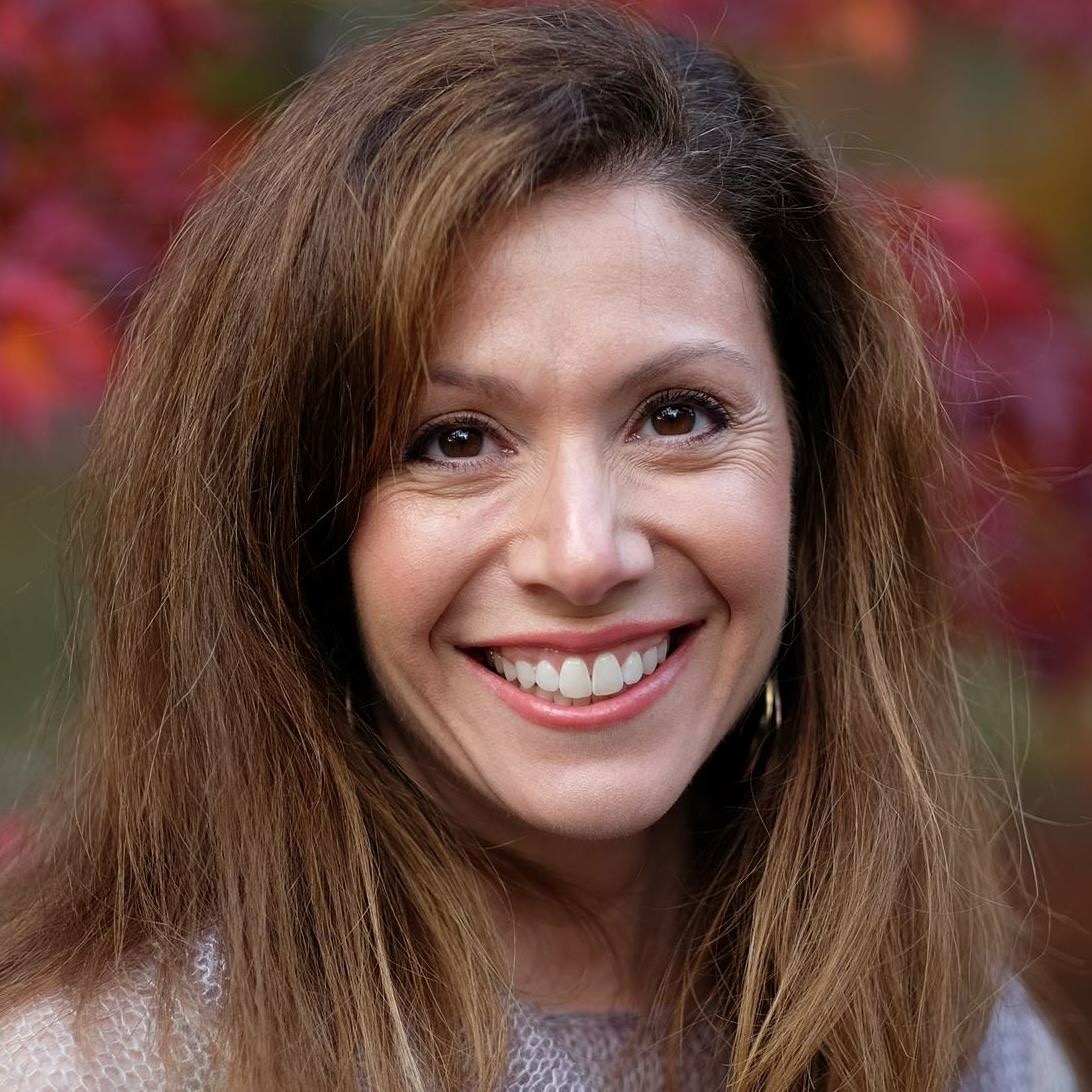Step Aerobics, Self-Doubt, and a New Kind of Strength
- Tanya Rinsky Coaching

- Aug 5
- 4 min read
Updated: Aug 7

Immediately after college I worked at a stock brokerage. My goal was to work for a little while, to save enough money to move to a big city. I was there for a about year. In that time, I became close to everyone in the small office. The owner had fiery red hair with a VERY LOUD voice and a BIG presence. He often invited the team over to his enormous, stately home to go swim. There was absolutely no way that I would take him up on his offer; getting into a bathing suit in front of other people just wasn’t going to happen. My self-image of being overweight would not have allowed that. I was, however, determined to change how I looked and felt before moving to New York or Chicago. I didn’t want to spend any money, but desperately wanted to get in shape. So, I convinced the owner to get a gym membership for our office. Anyone at work could use it.
One day, I asked my co-worker, Mary Jo, if she wanted to go work-out with me. She was in her 40s, full-time at the office, and a full-time caregiver at home to a child with significant special needs. She was always tired. She had also never really worked out before. Despite that, I asked her to take a step aerobics class with me and she said yes. (I know I’m really aging myself here! For all of you youngins who don’t know what step aerobics is, it’s a workout class with a platform about 3 feet long and a foot deep with buildable squares underneath to make your step higher. You step or jump on it in different patterns according to what the instructor tells you to do.)
Off to the gym Mary Jo and I go. Anyone who has taken any type of class with me knows that I like to be front and center. No matter how overweight I felt and embarrassed to be working out in front of a classroom full of people, I wasn’t going to look through other people to see the instructor. Mary Jo set up her step right next to mine. The music turned on, the instructor started instructed, and we started stepping.
Maybe 20 minutes in, I noticed that Mary Jo was struggling; she was not getting the hang of the moves. I felt bad and I felt responsible. I knew I needed to make this experience better for her. So, I told Mary Jo to pick up her step (not such an easy task with all of the big clunky pieces), and follow me. We weaved through the other people to the back corner of the room. We set up our steps and I led us though a very basic work-out until the music and class ended, at which time the instructor made her way over to us. I was SO NERVOUS! I just knew that she was going to admonish at us for hijacking her class, disrupting the flow, and annoying people as we weaved our way to the back of the room.
But that’s not what happened. Quite the opposite. She smiled and said “I just want to say good for you. You made the class work for you. That’s what it’s all about.”
In my early 20s, I’m not sure I could have articulated the shift in me, but I know that that experience planted a seed.
It was one of the first times I understood that wellness isn’t about perfection. It’s not about keeping up with the choreography or being the fittest person in the room. It’s about showing up. It’s about adjusting. It’s about making it work for you, wherever you are, however you are.
We get so caught up in appearances and expectations. I know I did. I thought I had to look a certain way before I could participate—before I could swim, before I could move to a new city, before I could even feel proud of myself. But that’s not how change works.
Change doesn’t happen all at once. It happens in small choices. In making room for others. In adapting instead of quitting. In deciding that just because something’s hard—or awkward—doesn’t mean it’s not worth doing.
Mary Jo taught me more than I ever could have taught her in that class. She showed up, even though she was overwhelmed. She stayed, even when she felt out of place. And she followed me to the back of that room, where we found something that worked for us.
Sometimes the back of the room is where the real work happens.
That experience stuck with me. It stayed with me as I eventually moved to Chicago. It stayed with me through other group classes, other jobs, other moments of self-doubt. And it’s one of the reasons I became a coach.
Because everyone deserves someone who will move to the back of the room with them.
Self-improvement isn’t about being the best. It’s about being willing. Willing to try. Willing to stumble. Willing to keep going. And willing to cheer yourself on—even if it’s just for stepping up on a plastic platform or willing to working with a professional to help you achieve your goals.
So wherever you are in your own journey—whether you’re in the front row or barely hanging on in the back corner—know this: you’re doing it. You’re showing up. You’re finding your own way.
And that is more than enough.



Comments